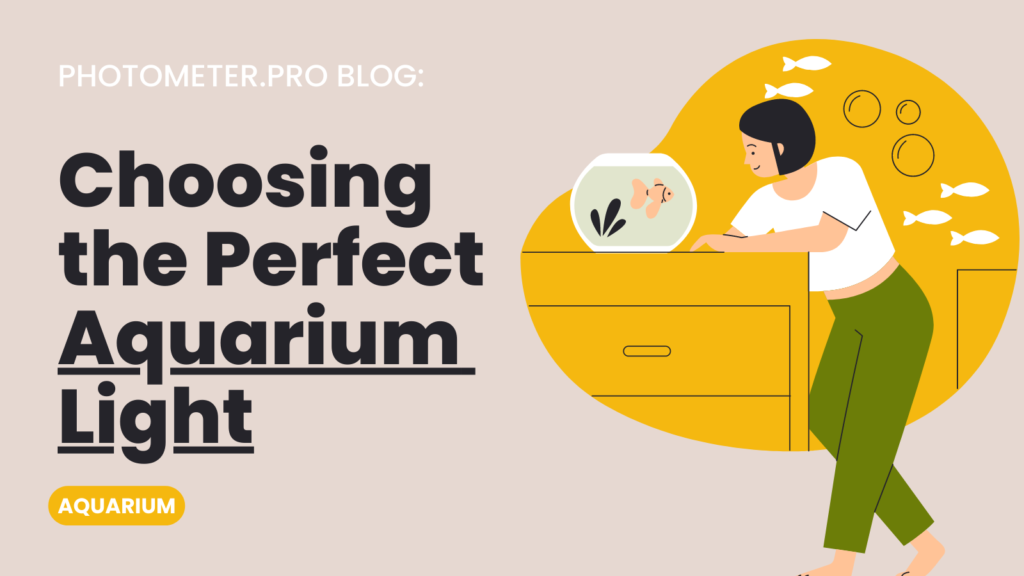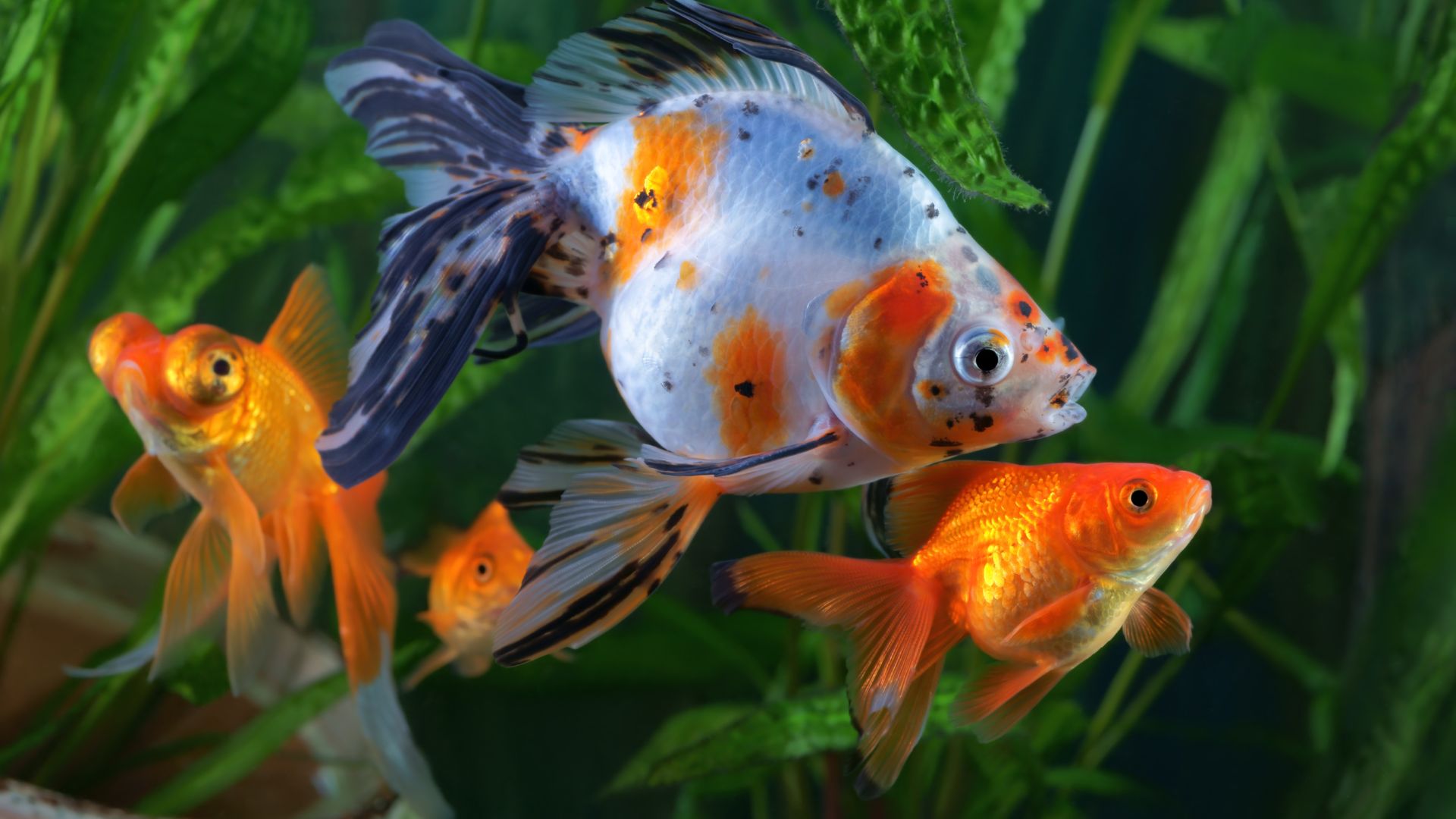When it comes to choosing the right aquarium lighting system, it’s up to you. If you’re a beginner, you may want something that’s easy to set up and maintain. But if you’re an experienced hobbyist with high-tech requirements, there are plenty of options that will meet your needs.
In this article, I’ll discuss some of these options as well as how they work with different types of aquariums and lights—from fluorescents (which are great for beginners) to metal halides (MHs) and high-pressure sodiums (HPS).
Aquarium light is one of the most important aspects of an aquarium setup.
Aquarium light is one of the most important aspects of an aquarium setup. It’s necessary for plants and animals to survive, as well as for photosynthesis in algae and corals.
There are two main types of aquarium lights: fluorescent and LED (light-emitting diode). Fluorescent bulbs are less expensive than LEDs but they produce more heat, which can damage your tank if it gets too hot. LEDs are more expensive but they produce less heat than fluorescents do while still providing a lot of light–and they last longer than fluorescents as well!
Understanding how plants and animals use light will help you choose the right lighting system for your aquarium.
You need to understand how plants and animals use light to choose the right lighting system for your aquarium. Light is essential for the growth of plants, which use it to produce food through photosynthesis. In addition, light can also be important for aquatic and terrestrial animals.
Fluorescent lights are a good choice for beginner aquarists because they provide light that’s easier to control and less expensive than other options.
Fluorescent lights are a good choice for beginner aquarists because they provide light that’s easier to control and less expensive than other options. Fluorescent aquarium lights come in two varieties: standard fluorescent tubes or compact fluorescent bulbs (CFLs). Both types of bulbs work well in freshwater aquariums and saltwater aquariums with low-light fish; they’re also great for growing live plants in your tank.
If you’re just starting out as an aquarist and want something simple but effective, a standard fluorescent tube will serve your needs well. They come in different lengths and wattages so that you can match them up with the size of your aquarium–but don’t worry about getting it wrong!
If you have too much light shining into one section of your tank, just add more shade cloth or other materials to block some of those rays from reaching certain areas where they aren’t wanted (such as overtop plants).
Metal halide (MH) lights are best suited for high-end setups with a lot of coral and fish.
Metal halide (MH) lights are best suited for high-end setups with a lot of coral and fish. They’re more expensive than other options, but they provide the best color rendition and penetration.
If you want to get the most out of your aquarium lighting, this is your best bet!

High-pressure sodium (HPS) lights are best suited for setups with plants and low-light fish such as tetras, angelfish, and gouramis.
If you’re looking for a light that’s good for plant growth and low-light fish, high-pressure sodium (HPS) bulbs are the way to go. These bulbs have an orange-yellow hue that mimics sunlight and provides heat to help keep your tank warm. However, they can be quite expensive and don’t last as long as other types of lights. If you want an aquarium with lush green plants but don’t want to spend a lot of money on lighting equipment or replacement bulbs down the road, consider using HPS bulbs instead!
There’s a wide range of aquarium light systems available today, but knowing what you’re looking for will help you find the system that’s right for your specific needs.
There’s a wide range of aquarium light systems available today, but knowing what you’re looking for will help you find the system that’s right for your specific needs. Fluorescent lights are a good choice for beginner aquarists and those with smaller tanks, while metal halide lights are best suited to larger aquariums.
The type of lighting used in an aquarium depends on several factors: the size of the tank, its depth, and whether or not plants will be incorporated into it. Fluorescent bulbs can provide adequate light for small fish tanks or shallow ponds but may struggle to penetrate deeper waters because they emit only one wavelength (color) of light at any given time; metal halide bulbs emit multiple wavelengths which allows them to reach deeper depths with their illumination
Conclusion
Aquarium light is one of the most important aspects of an aquarium setup. Choosing the right light can make or break your aquarium, so it’s important to understand how plants and animals use light. Fluorescent lights are a good choice for beginner aquarists because they provide the light that’s easier to control and less expensive than other options like metal halide (MH) or high-pressure sodium (HPS).
If you want to go even further with your setup, then consider investing in LED lights which offer many advantages over traditional bulbs including higher efficiency and longer lifespan
Editorial Team
I help fin-tech digital product teams to create amazing experiences by crafting top-level UI/UX.



